Targeting Low-Entropy Zones Improves Surgery Success for Kids with Epilepsy
Researchers studied children with drug-resistant epilepsy (DRE) to find better ways to predict the success of epilepsy surgery.
Discover the latest findings in recent epilepsy research, where we break down complex studies into clear insights. Stay informed about cutting-edge breakthroughs, evolving theories, and advancements shaping our understanding of epilepsy.
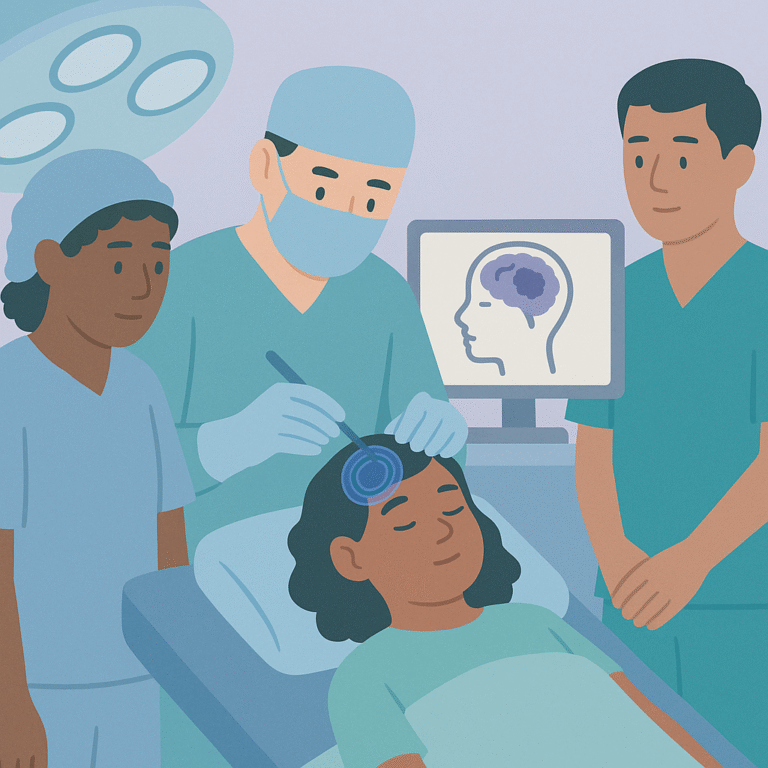
Researchers studied children with drug-resistant epilepsy (DRE) to find better ways to predict the success of epilepsy surgery.
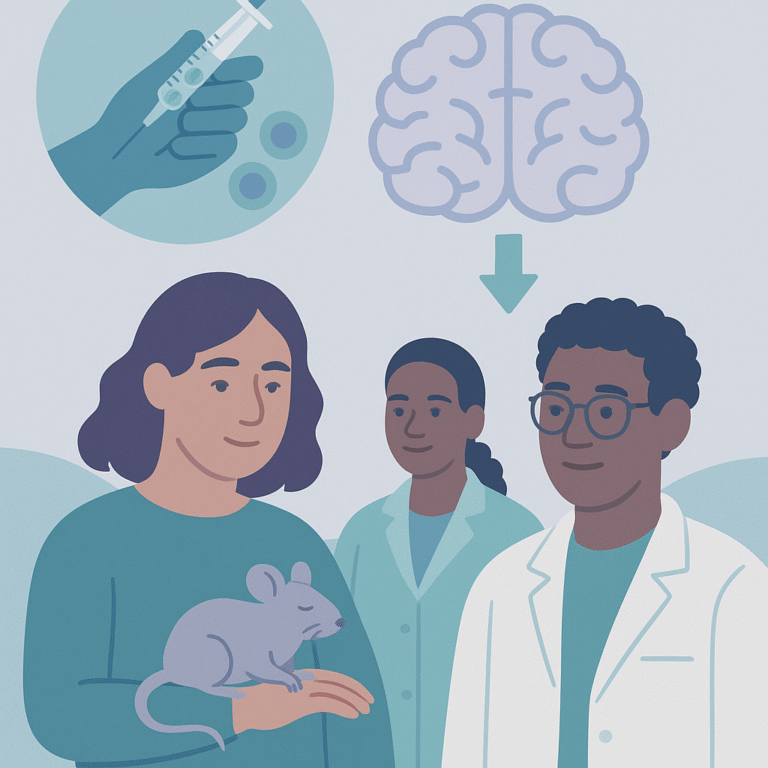
This study looked at how effective cell therapy is in reducing seizures in animals that have chronic epilepsy.

Researchers studied the effectiveness and safety of two medications, levetiracetam (LEV) and phenobarbital (PB), for treating seizures in newborns.
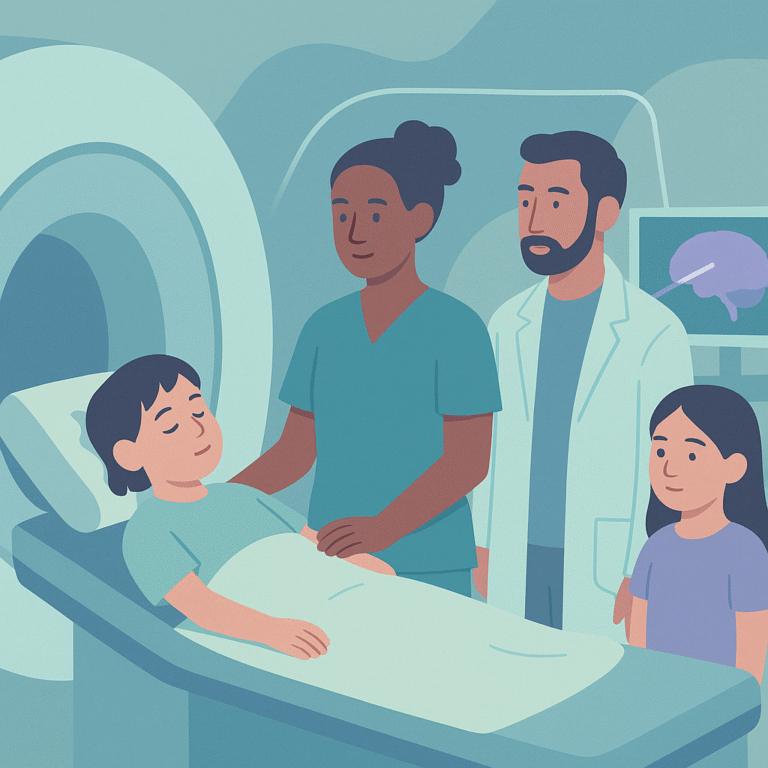
Researchers studied the use of magnetic resonance-guided laser interstitial thermal therapy (MRgLITT) as a treatment for children with drug-resistant epilepsy, which means their seizures do not respond to standard medications.
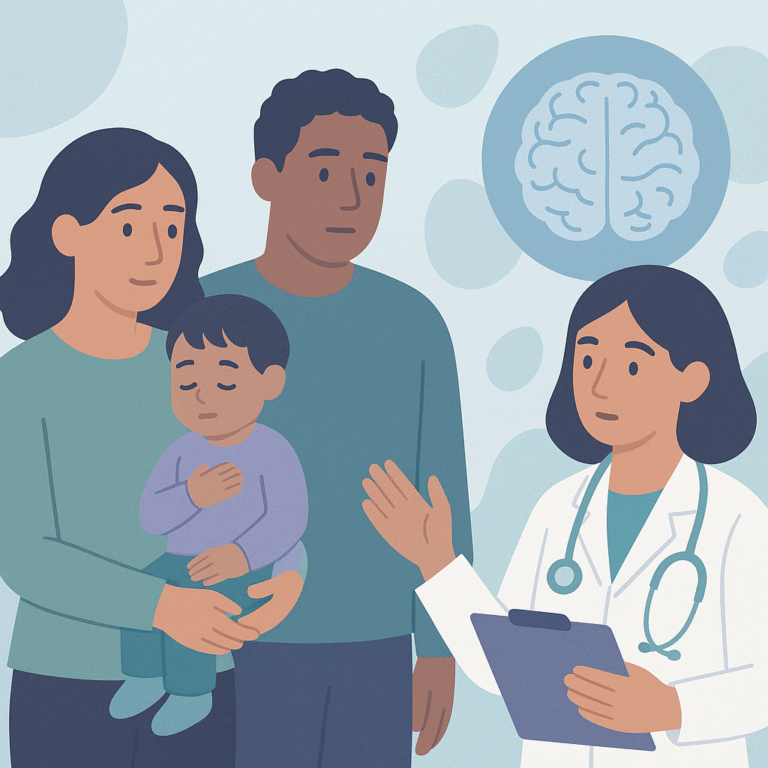
Researchers studied 231 children who experienced febrile seizures, which are seizures triggered by fever, to see if they could predict who might develop epilepsy or a specific type of epilepsy called genetic epilepsy with febrile seizures plus (GEFS+).

Researchers studied how much of a brain tumor called glioma should be removed during surgery.

This study looked at how pediatric epilepsy centers in the United States make decisions about surgery for children with Lennox-Gastaut Syndrome (LGS), a severe type of epilepsy.
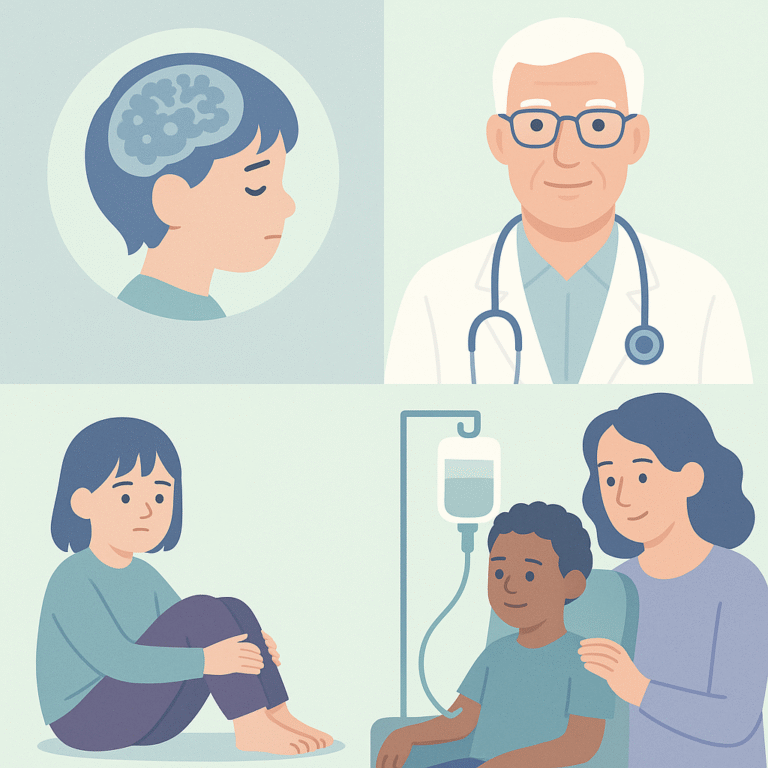
Researchers studied CLN2 disease, a rare and serious condition that affects the brain and nervous system, particularly in children.

This study looked at how effective and safe cannabidiol (CBD) is for children with drug-resistant epilepsy.